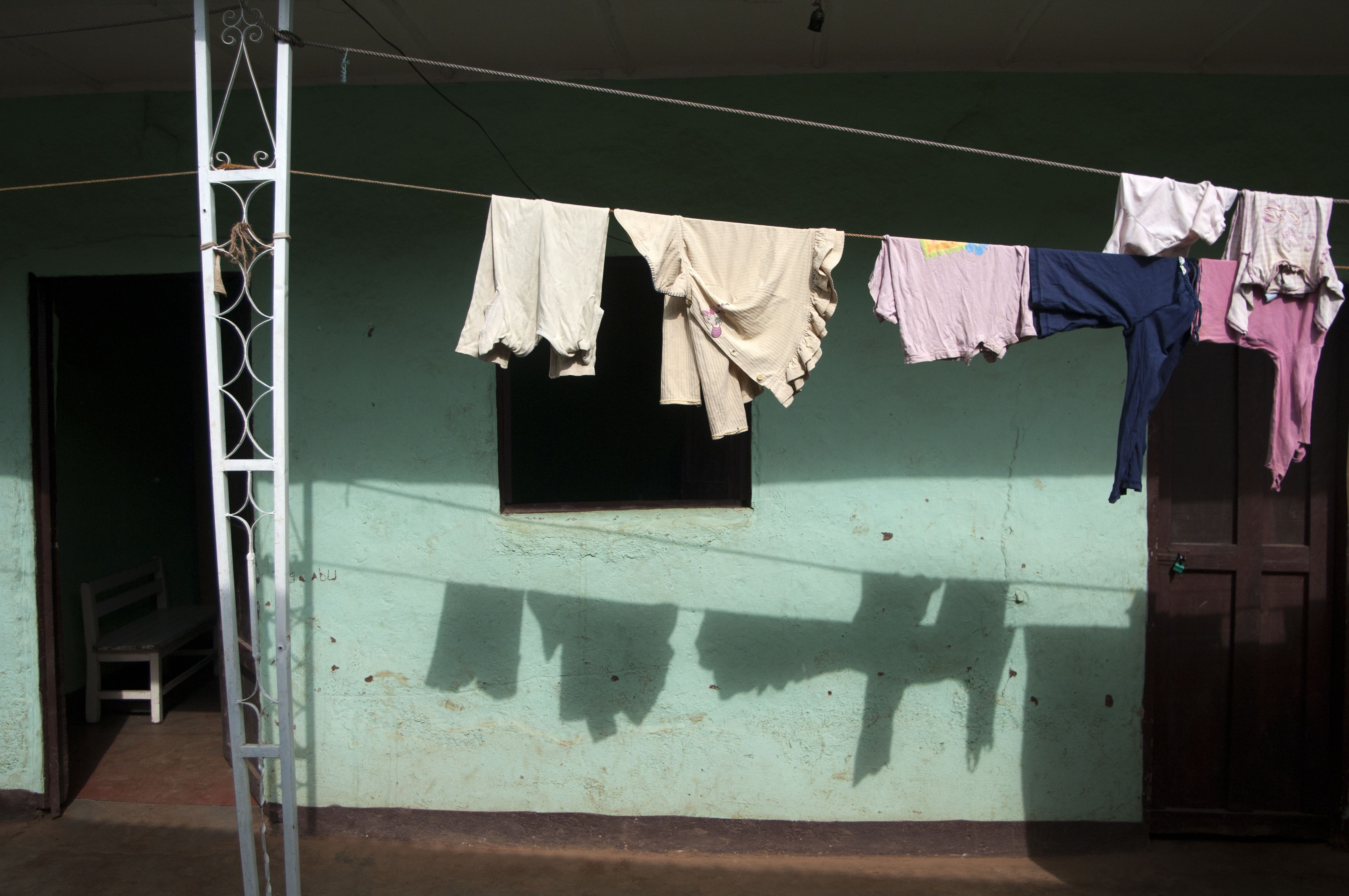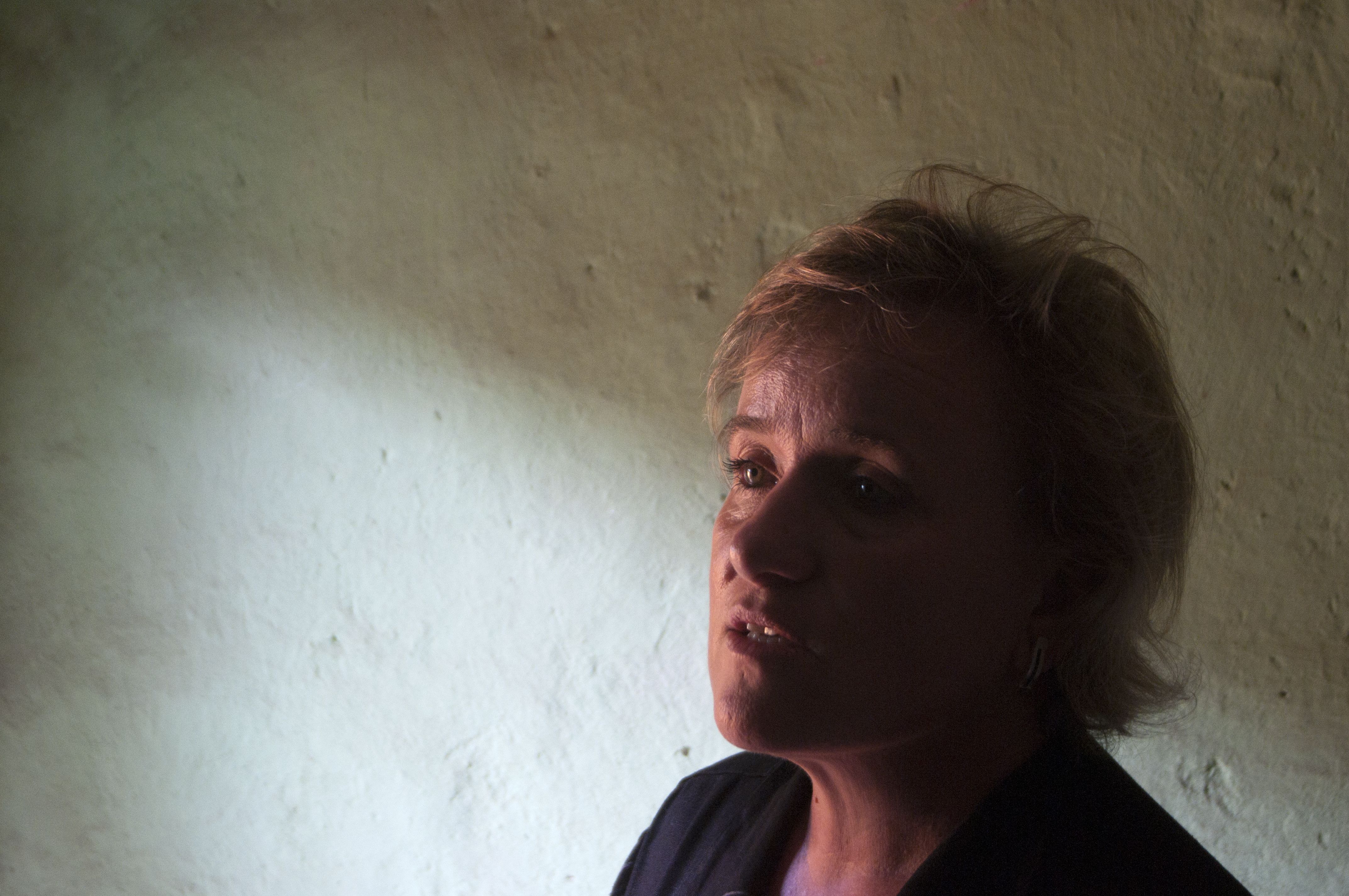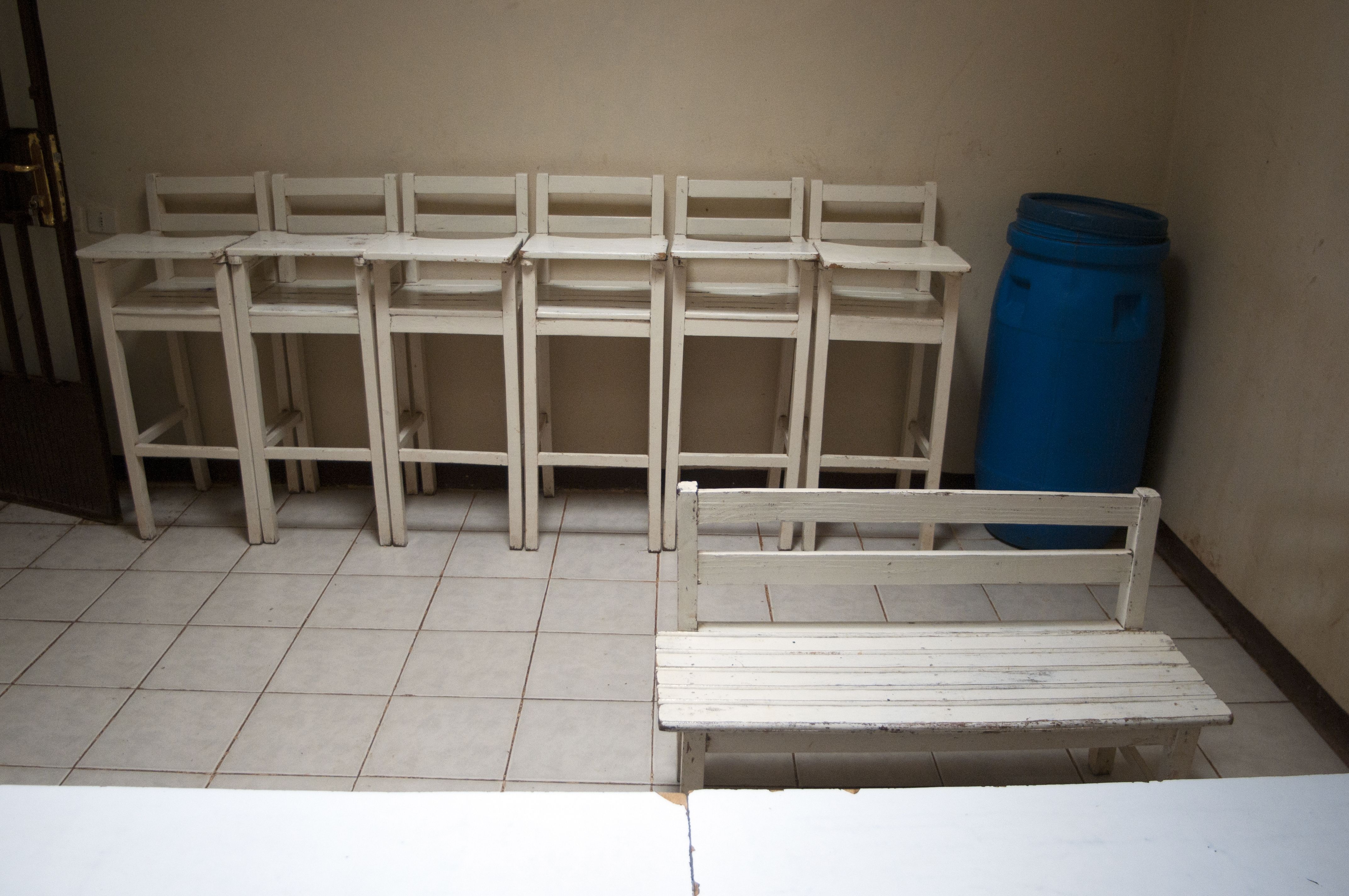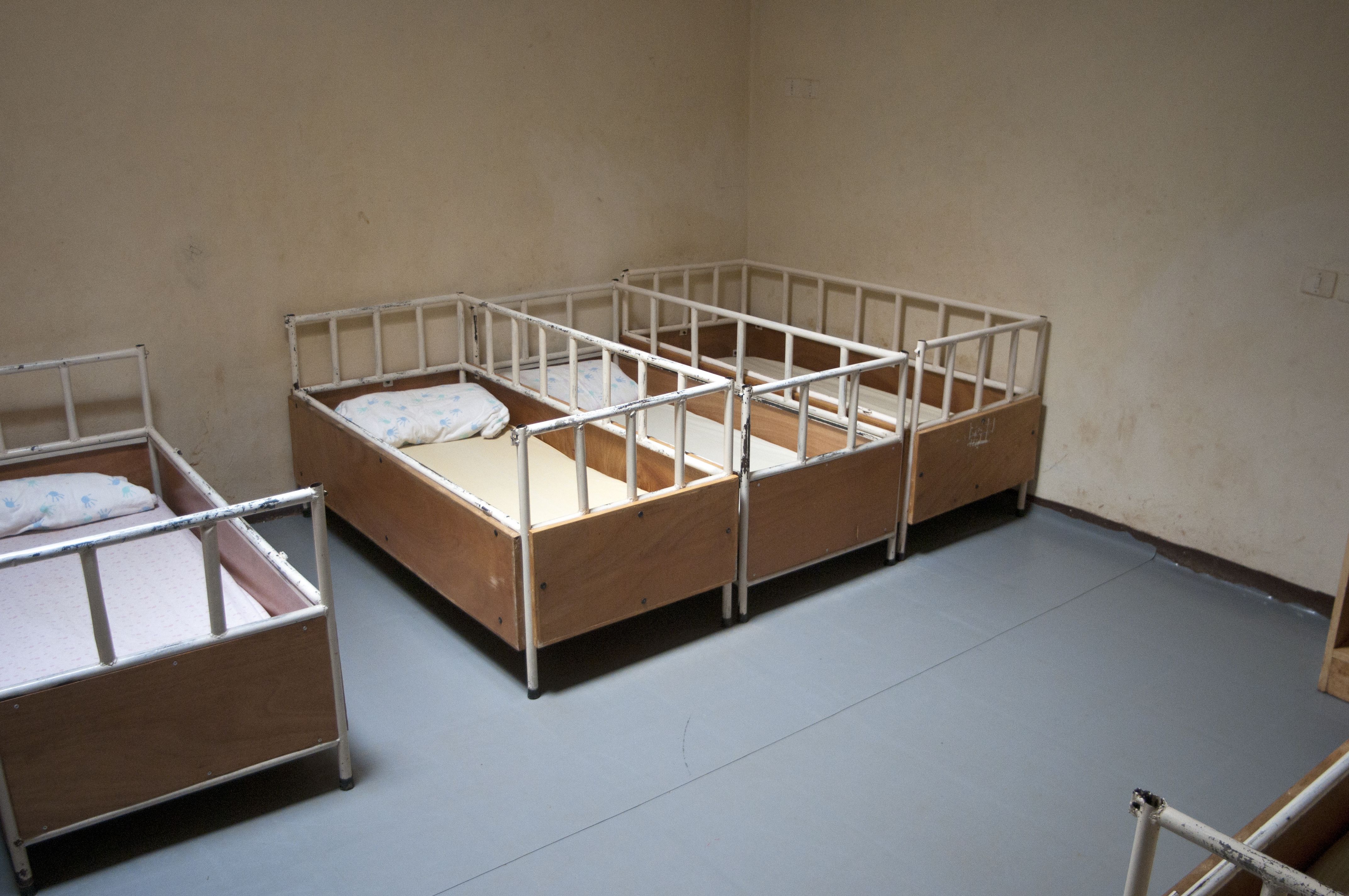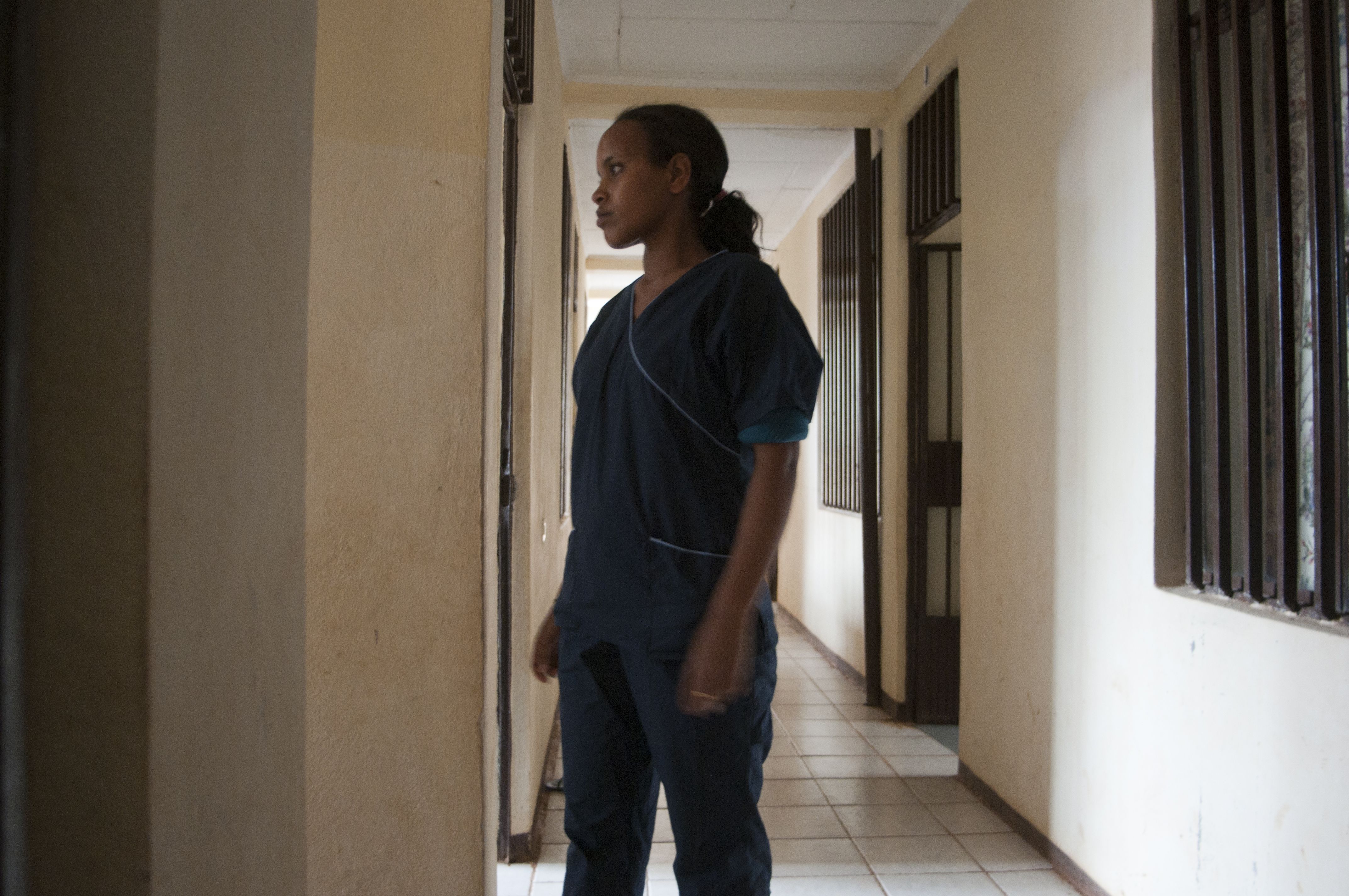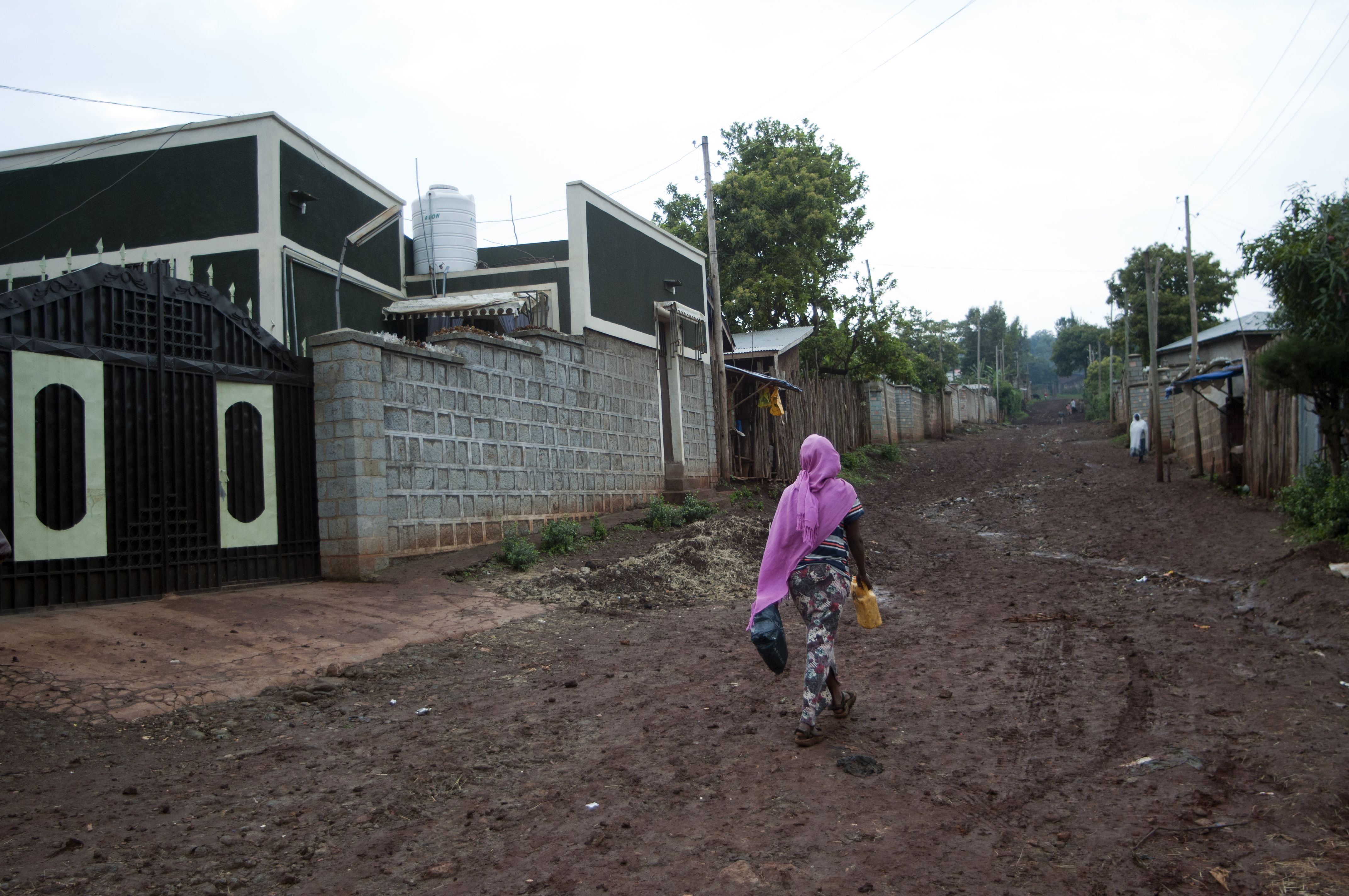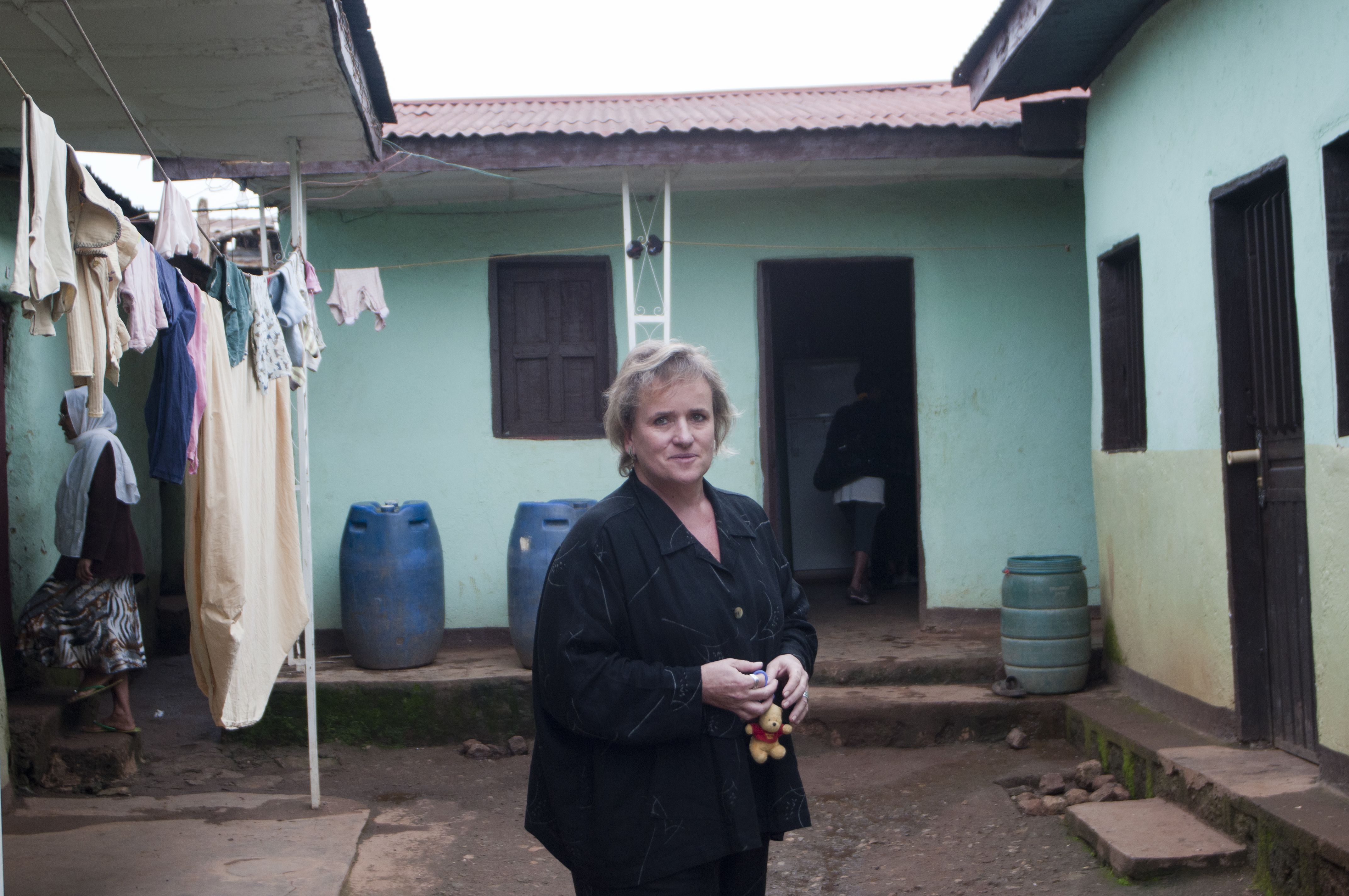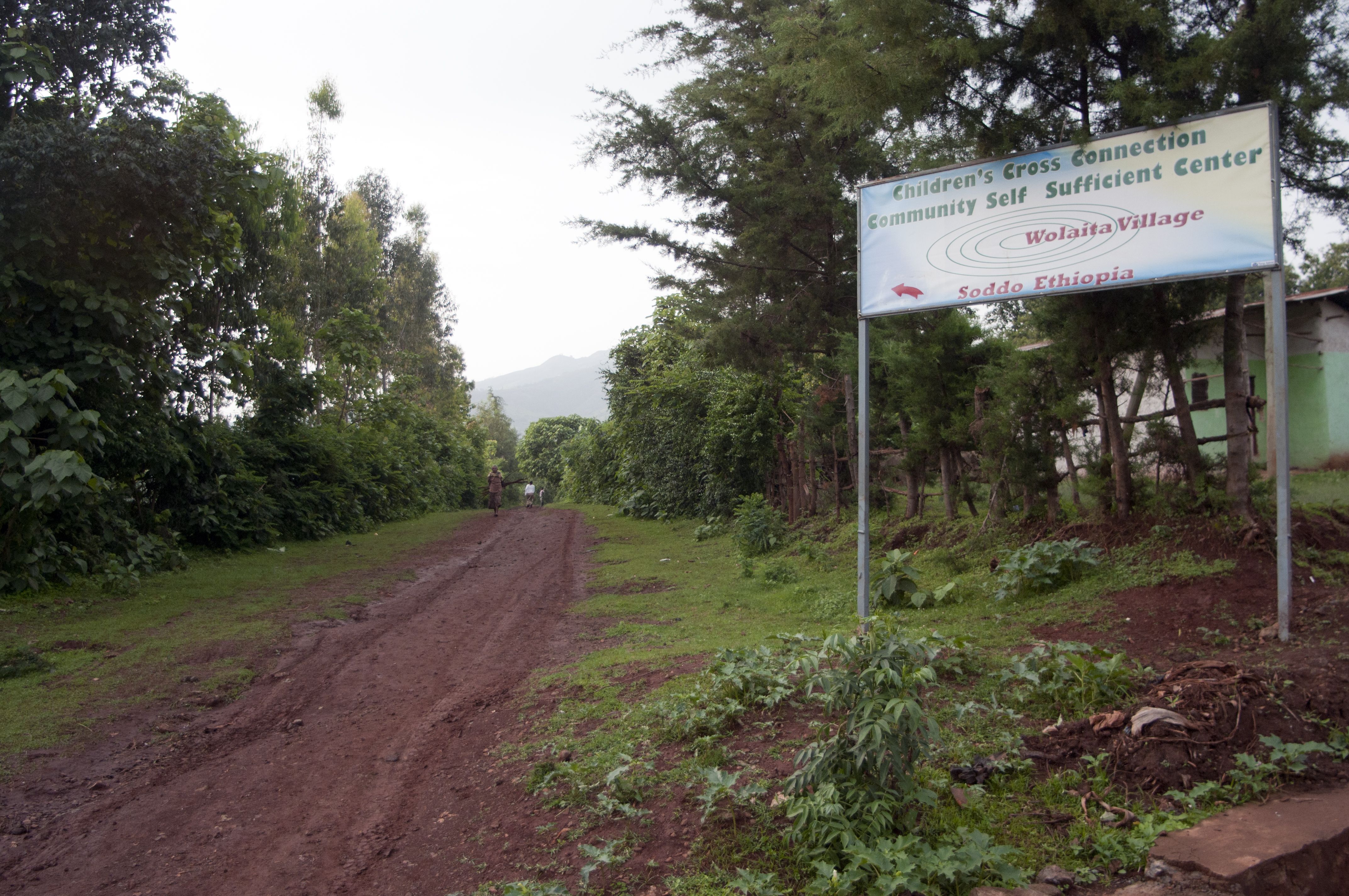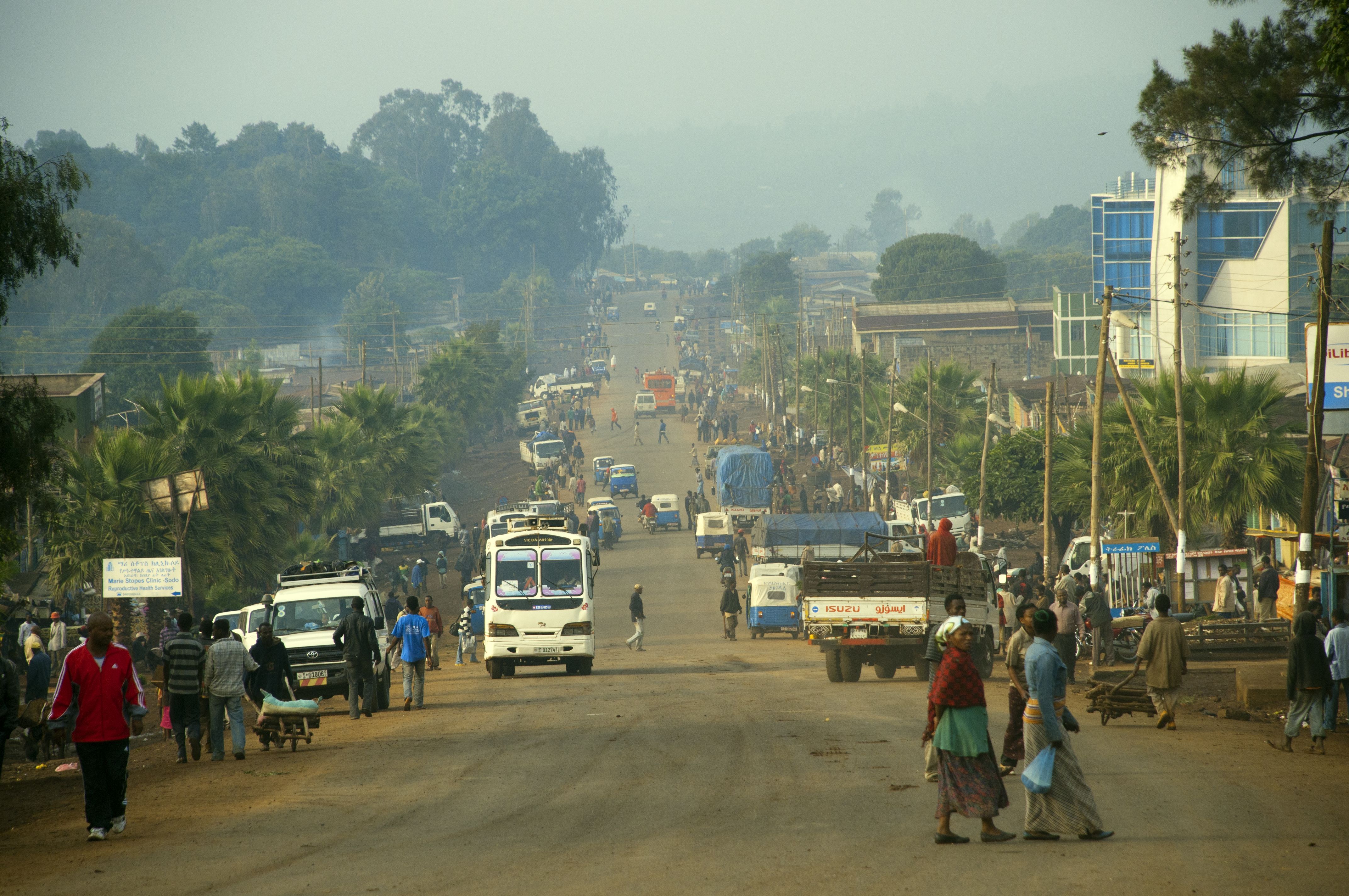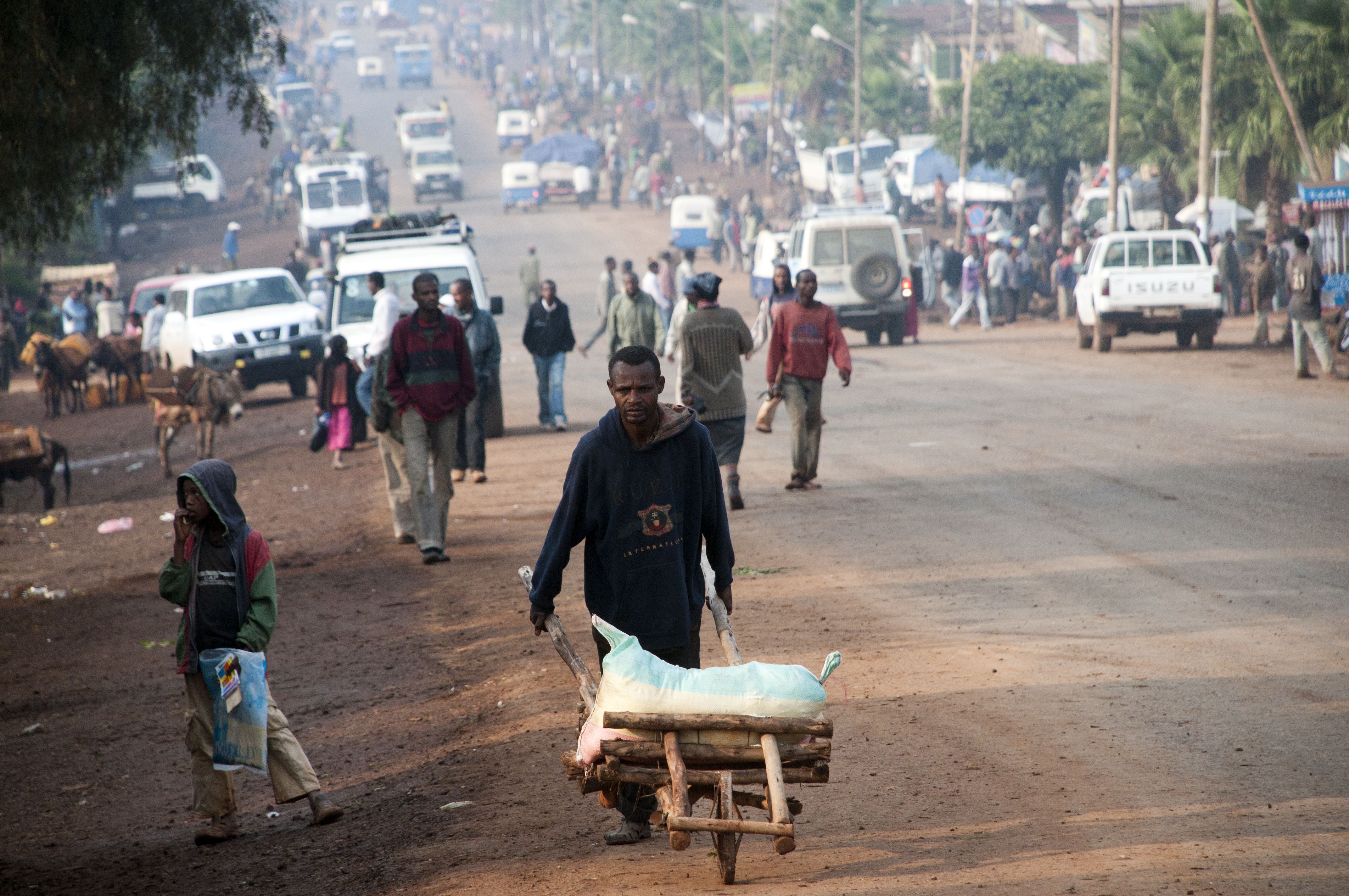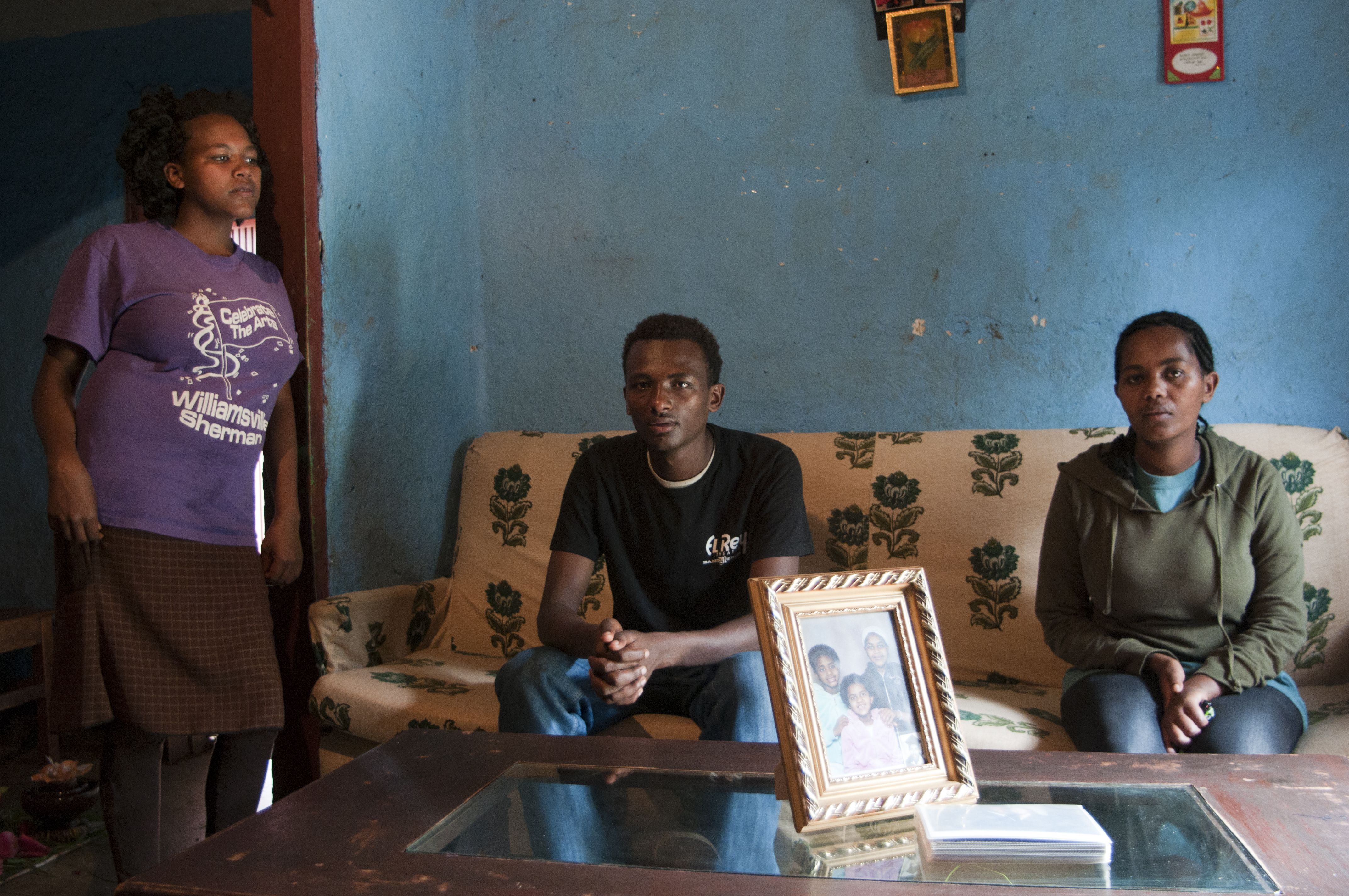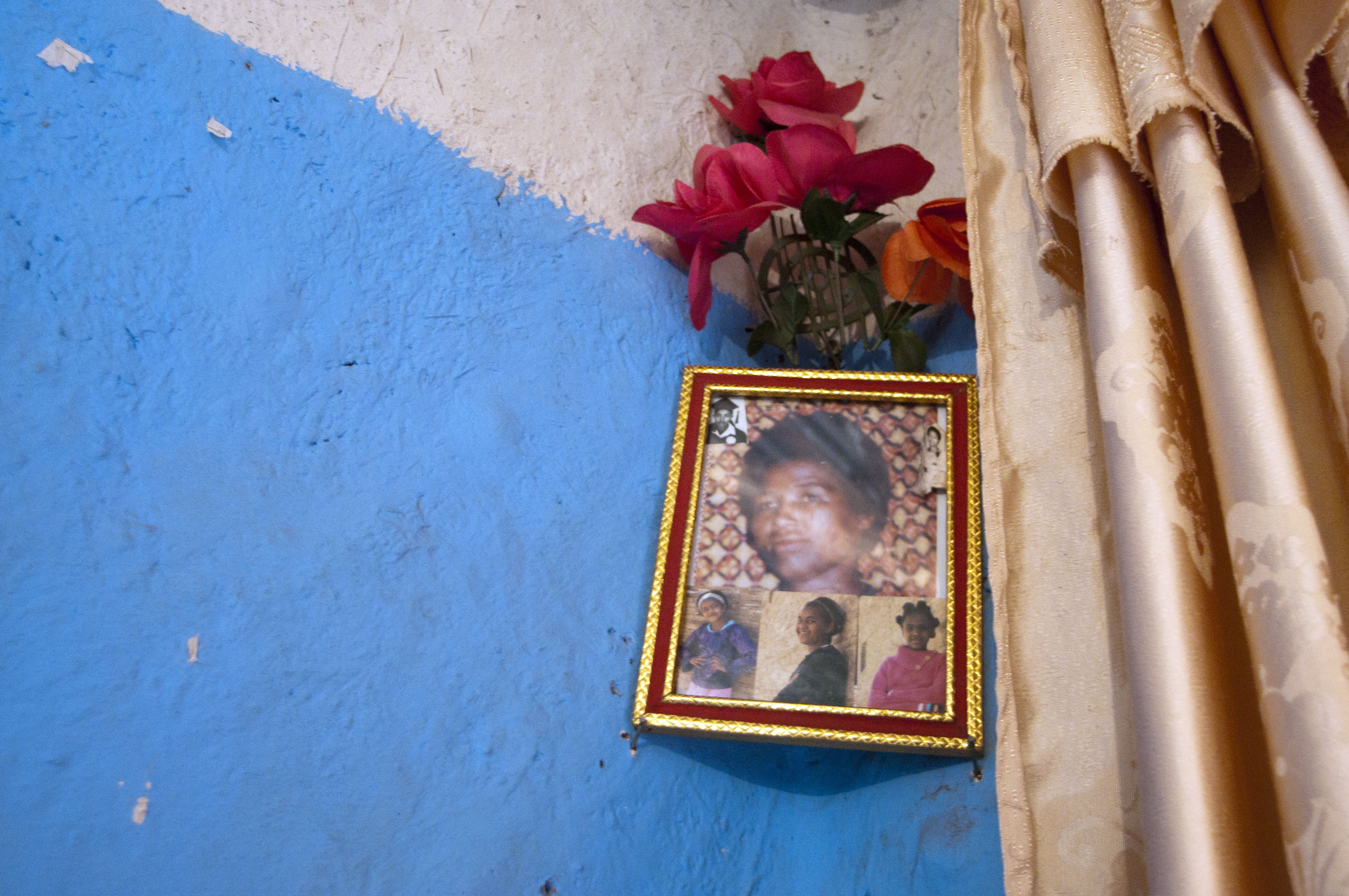January 05, 2012 | Pulitzer Center
Ethiopia accounted for nearly a quarter of all international adoptions to the U.S. in 2010, second only to China. That represented a staggering increase in the space of five years--so rapid that some locals said it was “becoming the new export industry for our country.”
In 2009 and 2010, the country faced a wave of allegations of adoption corruption and trafficking. In the two most notable cases, the evangelical agencies Christian World Adoption and Better Future Adoption Services were accused, respectively, of unethically recruiting children for adoption in a process the government calls “child harvesting” and fraudulently altering paperwork to cast children with intact families as orphans whose parents had died or abandoned them.
